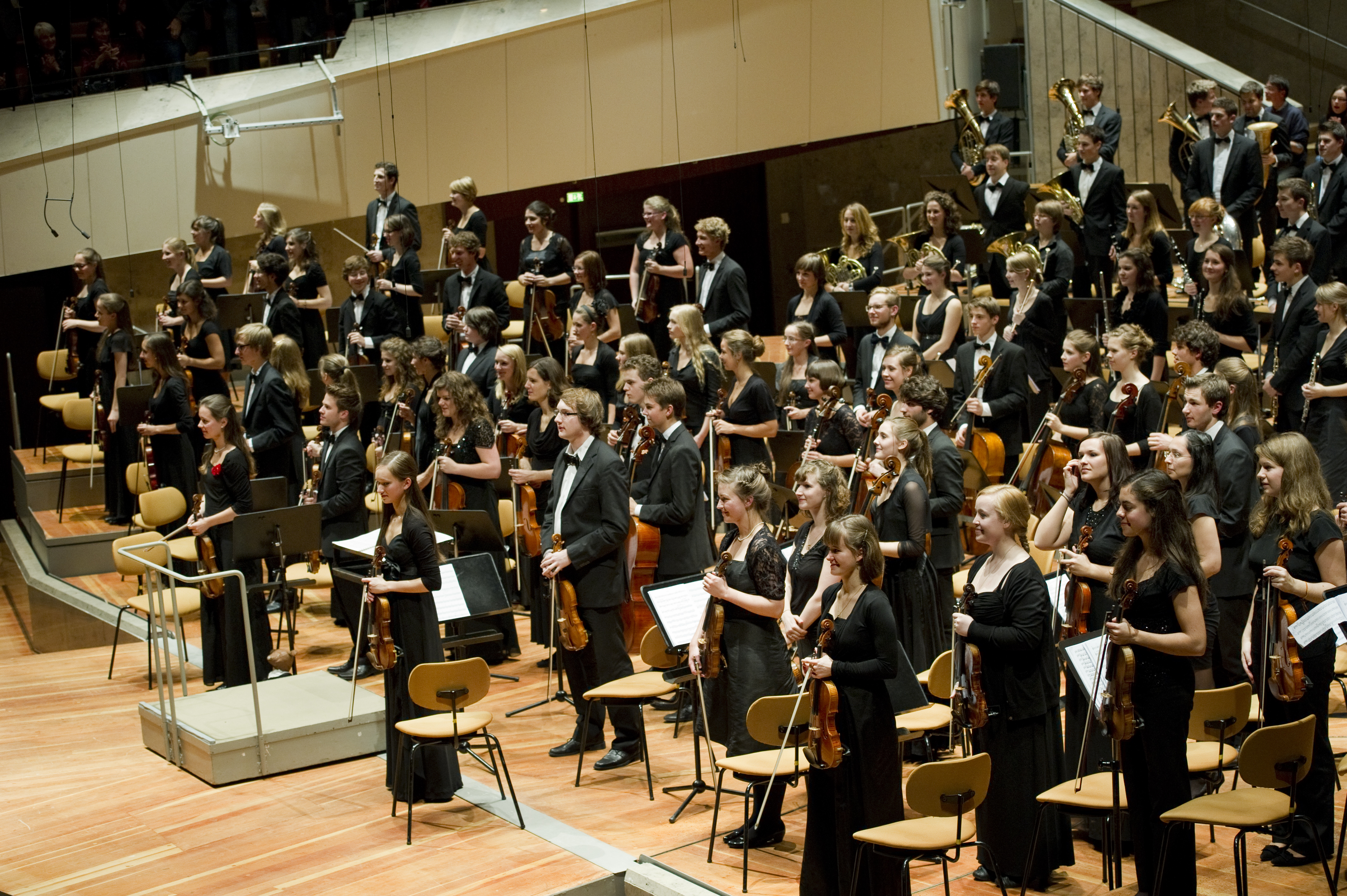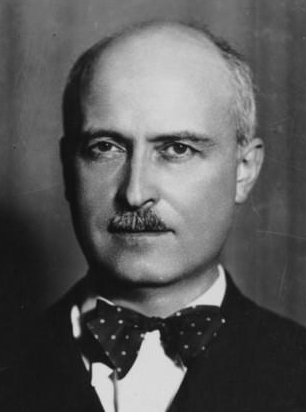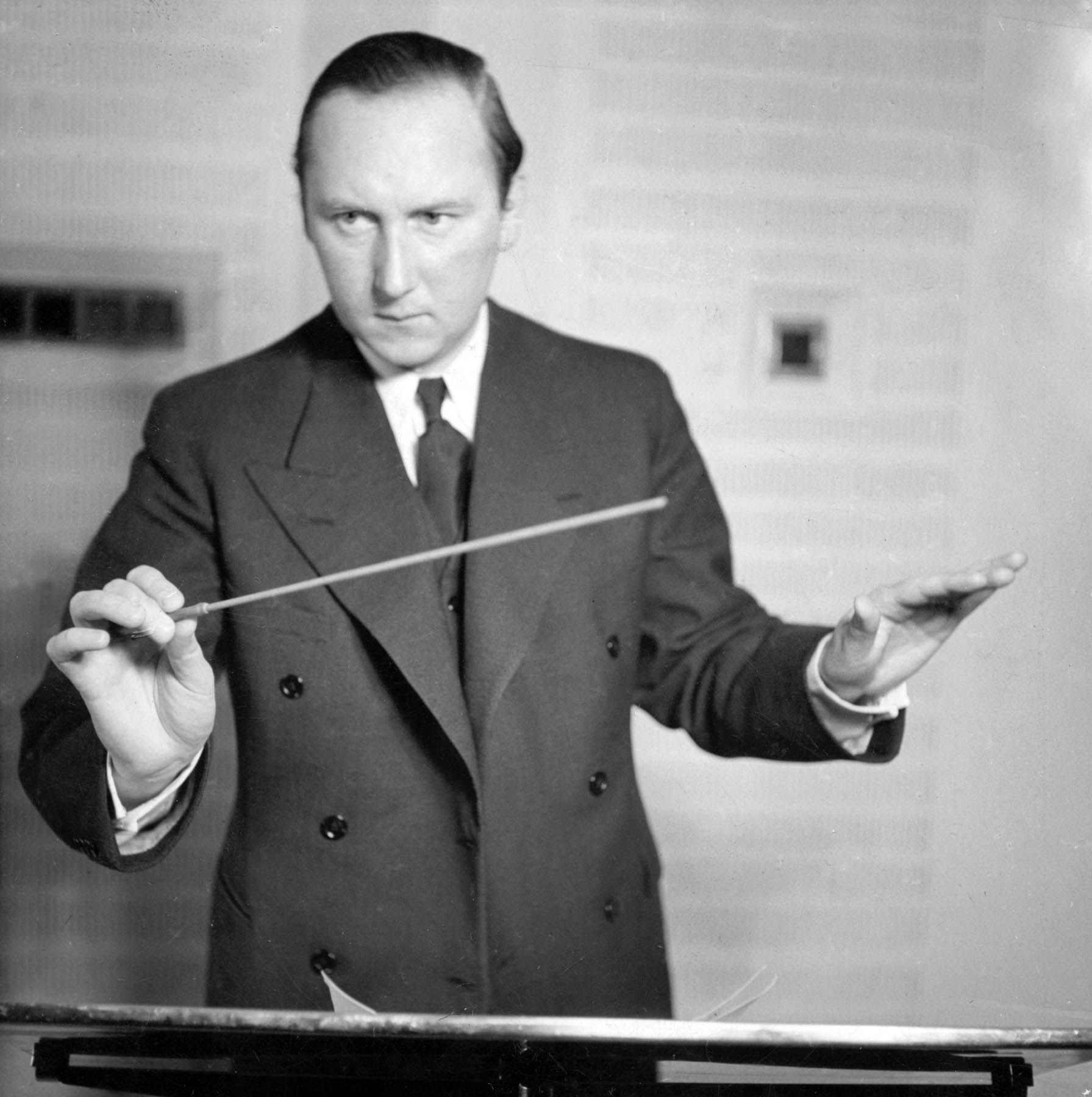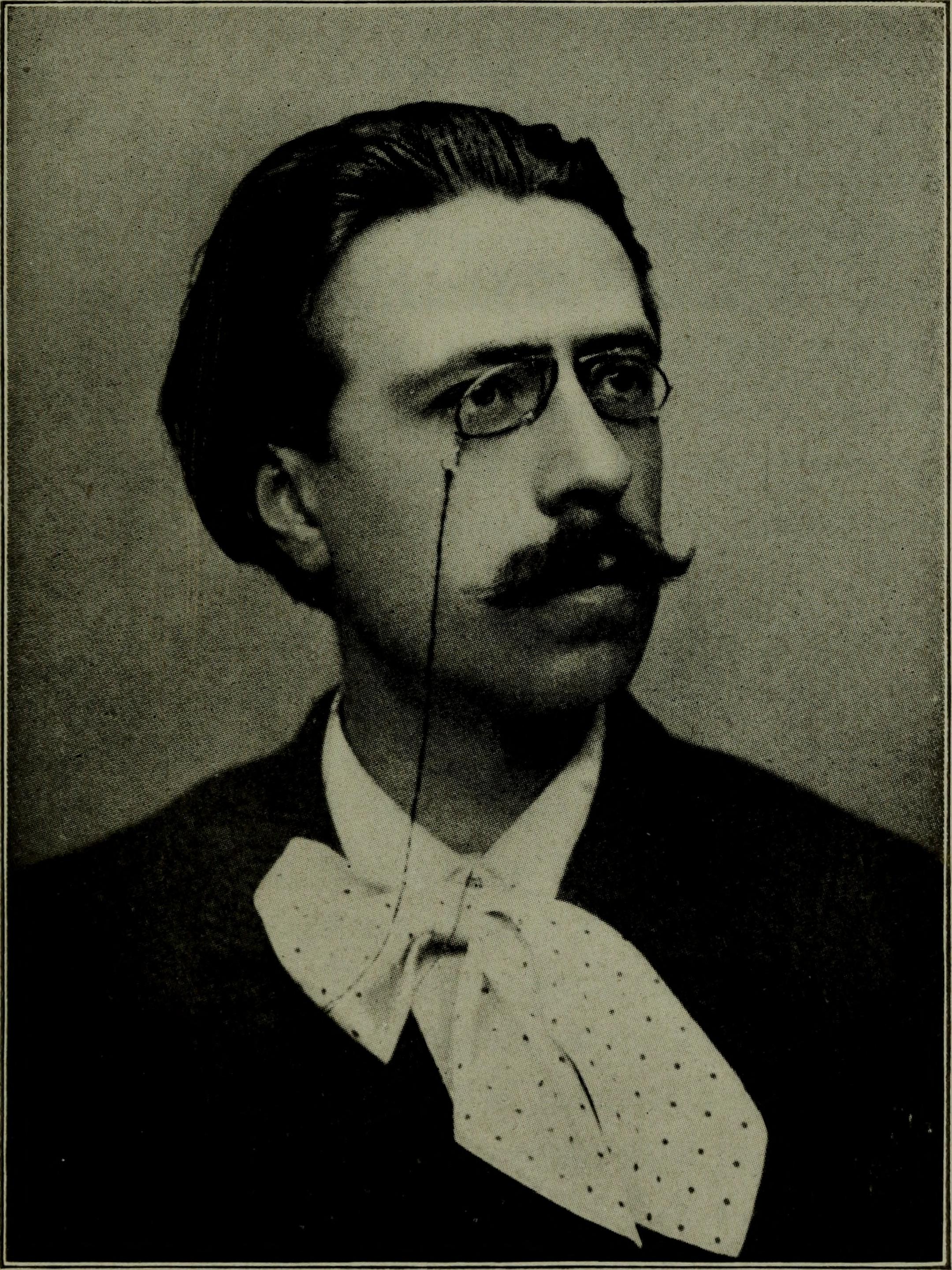|
List Of Concert Works For Saxophone
This is a partial repertoire list of Classical music, classical works for saxophone. Saxophone and orchestra Soprano saxophone and orchestra * Duo Concertante, for soprano and alto saxophones—Jean-Baptiste Singelée (1858) * Fantasia for saxophone, three horns, and strings, Fantasia for soprano (or tenor) saxophone, three horns, and strings (1948)—Heitor Villa-Lobos * Concerto for Soprano Saxophone and Strings, Op. 344 (1980)—Alan Hovhaness * ''Escapades'' for soprano saxophone and orchestra (2021)—John Anthony Lennon * ''Where the Bee Dances'', concerto for soprano saxophone and orchestra (1991)—Michael Nyman * Concerto for Soprano Saxophone and Orchestra (1993)—Michael Torke * ''Your Rockaby'' for soprano saxophone and orchestra (1993)—Mark-Anthony Turnage * Double Concerto for Saxophone, Cello and Orchestra (1997)—Michael Nyman * Saxophone Concerto No. 1: Imagined Sound of Sun On Stone (1999)—Sally Beamish * Saxophone Concerto, for soprano saxophone and ... [...More Info...] [...Related Items...] OR: [Wikipedia] [Google] [Baidu] |
Classical Music
Classical music generally refers to the art music of the Western world, considered to be #Relationship to other music traditions, distinct from Western folk music or popular music traditions. It is sometimes distinguished as Western classical music, as the term "classical music" can also be applied to List of classical and art music traditions, non-Western art musics. Classical music is often characterized by formality and complexity in its musical form and Harmony, harmonic organization, particularly with the use of polyphony. Since at least the ninth century, it has been primarily a written tradition, spawning a sophisticated music notation, notational system, as well as accompanying literature in music analysis, analytical, music criticism, critical, Music history, historiographical, musicology, musicological and Philosophy of music, philosophical practices. A foundational component of Western culture, classical music is frequently seen from the perspective of individual or com ... [...More Info...] [...Related Items...] OR: [Wikipedia] [Google] [Baidu] |
Kalevi Aho
Kalevi Ensio Aho (born 9 March 1949) is a Finnish composer. Early years Aho began his interest in music at the age of ten, when he discovered a mandolin in his home and began to teach himself how to play it. He soon was taken under the tutelage of Martti Loikkanen, the boy's 4th grade teacher and founder of a local youth mandolin ensemble in Forssa. After learning how to read sheet music, Aho immediately started composing. Aho progressed so fast on the instrument that Loikkanen suggested he study the violin as well, with Loikkanen giving him private lessons. Aho also began to learn violin at an incredible speed, with him later recalling, "Martti taught me at home for free until I started skipping him out of my playing skills and he suggested changing teachers." Aho's parents were quite supportive of his musical hobby, encouraging him to compose and giving him a piano at the age of 15. Career He moved from the city of Forssa to Helsinki in September 1968 to study at the Sibeli ... [...More Info...] [...Related Items...] OR: [Wikipedia] [Google] [Baidu] |
Jacques Ibert
Jacques François Antoine Marie Ibert (15 August 1890 – 5 February 1962) was a French composer of 20th-century classical music, classical music. Having studied music from an early age, he studied at the Conservatoire de Paris, Paris Conservatoire and won its top prize, the Prix de Rome at his first attempt, despite studies interrupted by his service in World War I. Ibert pursued a successful composing career, writing (sometimes in collaboration with other composers) seven operas, five ballets, incidental music for plays and films, works for piano solo, choral works, and chamber music. He is probably best remembered for his orchestral works including ''Divertissement (Ibert), Divertissement'' (1930) and ''Escales (Ibert), Escales'' (1922). As a composer, Ibert did not attach himself to any of the prevalent genres of music of his time, and has been described as an eclectic. This is seen even in his best-known pieces: ''Divertissement'' for small orchestra is lighthearted, even fri ... [...More Info...] [...Related Items...] OR: [Wikipedia] [Google] [Baidu] |
Concertino Da Camera (Ibert)
The Concertino da camera for alto saxophone and eleven instruments was written by Jacques Ibert in 1935. Ibert dedicated the work to saxophone pioneer Sigurd Raschèr,Raschèr, S. Top Tones for the Saxophone, (1941) Carl Fischer, NY page 19 who premiered the first movement in 1935. Later that year, Ibert completed the second movement, which was performed for the first time in its entirety by Raschèr in December 1935. The work is in two movements; the first, ''Allegro con moto'', is lively and technically challenging and the second begins with a lyrical ''Larghetto,'' featuring soaring lines in the saxophone's upper register. A short cadenza In music, a cadenza, (from , meaning cadence; plural, ''cadenze'' ) is, generically, an improvised or written-out ornamental passage played or sung by a soloist(s), usually in a "free" rhythmic style, and often allowing virtuosic display ... links to the movement's concluding ''Animato molto''. The concerto is distinctive for its l ... [...More Info...] [...Related Items...] OR: [Wikipedia] [Google] [Baidu] |
Lars-Erik Larsson
Lars-Erik Vilner Larsson (15 May 190827 December 1986) was a Swedish composer, conductor, radio producer, and educator. He wrote three of the most popular works (each a suite) in Swedish art music: ''A Winter's Tale'' (; 1937–1938), the '' Pastoral Suite'' (; 1938), and '' God in Disguise'' (; 1940). Other notable works by Larsson include three symphonies, a sinfonietta, and numerous concertante works. Biography Larsson was born in Åkarp in 1908, the son of a factory worker and a nurse. He studied with Ellberg at the Stockholm Conservatory (1925–1929) and with Alban Berg and Fritz Reuter in Vienna and Leipzig (1929–1930), then worked for Swedish Radio and taught at the Stockholm Conservatory (1947–1959) and Uppsala University, where he held the position as Director musices (1961–1966). One of his pupils was composer Hans Eklund. His style as a composer is eclectic, ranging from the late Romantic to techniques derived from Arnold Schoenberg's twelve-note system, ... [...More Info...] [...Related Items...] OR: [Wikipedia] [Google] [Baidu] |
Alexander Glazunov
Alexander Konstantinovich Glazunov ( – 21 March 1936) was a Russian composer, music teacher, and conductor of the late Russian Romantic period. He was director of the Saint Petersburg Conservatory between 1905 and 1928 and was instrumental in the reorganization of the institute into the Petrograd Conservatory, then the Leningrad Conservatory, following the Bolshevik Revolution. He continued as head of the Conservatory until 1930, though he had left the Soviet Union in 1928 and did not return. The best-known student under his tenure during the early Soviet years was Dmitri Shostakovich. Glazunov successfully reconciled nationalism and cosmopolitanism in Russian music. While he was the direct successor to Balakirev's nationalism, he tended more towards Borodin's epic grandeur while absorbing a number of other influences. These included Rimsky-Korsakov's orchestral virtuosity, Tchaikovsky's lyricism and Taneyev's contrapuntal skill. Younger composers such as Prokofiev an ... [...More Info...] [...Related Items...] OR: [Wikipedia] [Google] [Baidu] |
Saxophone Concerto (Glazunov)
The ''Concerto in E flat major for alto saxophone and string orchestra'', Op. 109, was written by Alexander Glazunov in 1934. The piece lasts about fourteen minutes and is played without pause. It is deeply rooted in Romanticism, and has entered the standard saxophone repertoire. History Although invented in the early 1840s, the saxophone was still fairly new and unfamiliar in Glazunov's day; it remained untouched for a long time as it was considered "middle class". However, Glazunov was enthralled by the sound of the saxophone: a new timbre in the musical world. The work premiered in Nyköping, Sweden, on 25 November 1934, with Sigurd Raschèr, a famous German saxophonist, as soloist. It is Raschèr who is credited for bringing about the concerto's composition. He hounded Glazunov for a saxophone concerto, so much so that the composer wrote to a colleague that he had started the piece in March "under the influences of attacks rather than requests from the Danish (sic) saxophonist ... [...More Info...] [...Related Items...] OR: [Wikipedia] [Google] [Baidu] |
Jascha Gurewich
Jascha Gurewich (July 4, 1896, Pruzhany, Russia - September 30, 1938, New York, NYNew York, New York City Municipal Deaths, 1795-1949", database, ''FamilySearch''(https://www.familysearch.org/ark:/61903/1:1:2W23-XF4 : 11 May 2022), Jascha Gurewich, 1938) was a saxophonist who was a member of John Philip Sousa's band, a noted solo performer, and a composer of works for saxophone. Gurewich played a significant role in the popularization of the saxophone in the early 20th-century. Biography Gurewich served in the American Expeditionary Forces during World War I, a fact mentioned frequently in coverage of his concert appearances after the war. J. Windsor, writing a review of an Aeolian Hall performance in 1925, wrote in The National Monthly Trade Journal of the Musical Merchandise Industry, "His mastery of the instrument was interrupted by the war, as he went overseas with the American forces, but he succeeded, despite the obstacles of active duty at the front, in demonstrating prof ... [...More Info...] [...Related Items...] OR: [Wikipedia] [Google] [Baidu] |
Florent Schmitt
Florent Schmitt (; 28 September 187017 August 1958) was a French composer. He was part of the group known as Les Apaches. His most famous pieces are ''La tragédie de Salome'' and ''Psaume XLVII'' ( Psalm 47). He has been described as "one of the most fascinating of France's lesser-known classical composers". Biography Early life and career Born in Meurthe-et-Moselle, Schmitt took music lessons in Nancy with the local composer Gustave Sandré. At the age of 19 he entered the Paris Conservatoire, where he studied with Gabriel Fauré, Jules Massenet, Théodore Dubois, and Albert Lavignac. In 1900 he won the Prix de Rome. During the 1890s he became friendly with Frederick Delius, who was living in Paris at the time, and Schmitt prepared vocal scores for four of Delius's operas: '' Irmelin'', ''The Magic Fountain'', '' Koanga'' and '' A Village Romeo and Juliet''. From 1929 to 1939 Schmitt worked as a music critic for ''Le Temps'', where he proved controversial. He was known ... [...More Info...] [...Related Items...] OR: [Wikipedia] [Google] [Baidu] |
Vincent D'Indy
Paul Marie Théodore Vincent d'Indy (; 27 March 18512 December 1931) was a French composer and teacher. His influence as a teacher, in particular, was considerable. He was a co-founder of the Schola Cantorum de Paris and also taught at the Paris Conservatoire. His students included Albéric Magnard, Albert Roussel, Arthur Honegger, Darius Milhaud, Yvonne Rokseth, and Erik Satie, as well as Cole Porter. D'Indy studied under composer César Franck, and was strongly influenced by Franck's admiration for German music. At a time when nationalist feelings were high in both countries (circa the Franco-Prussian War of 1871), this brought Franck into conflict with other musicians who wished to separate French music from German influence. Life Paul Marie Théodore Vincent d'Indy was born in Paris into an aristocratic family of royalist and Catholic persuasion. His great-grandfather was the politician . He had piano lessons from an early age from his paternal grandmother, who passed h ... [...More Info...] [...Related Items...] OR: [Wikipedia] [Google] [Baidu] |
André Caplet
André Caplet (23 November 1878 – 22 April 1925) was a French composer and conductor of classical music. He was a friend of Claude Debussy and completed the orchestration of several of Debussy's compositions as well as arrangements of several of them for different instruments. Early life André Caplet was born in Le Havre on 23 November 1878, the youngest of seven children born to a Norman family of modest means. He began studying piano and violin when a child and by the age of 13 performed in the orchestra of the Grand Théâtre there. He entered the Paris Conservatory in 1896 and won several prizes. While a student he supported himself first by playing in dance orchestras in the evening and then by conducting, where had immediate success. After a stint as assistant conductor of the Orchestre Colonne, in 1899 he took over the musical direction at the Théâtre de l'Odéon. Some of his student compositions were published as early as 1897. The Société des compositeurs de ... [...More Info...] [...Related Items...] OR: [Wikipedia] [Google] [Baidu] |
Paul Gilson
Paul Gilson (Brussels, 15 June 1865 – Brussels, 3 April 1942) was a Belgian musician and composer. Biography Paul Gilson was born in Brussels. In 1866, his family moved to Ruisbroek in the Belgian province of Brabant. There he studied theory with the organist and choir director Auguste Cantillon, and began writing works for orchestra and choir. His first official training came from 1887 to 1889 under François-Auguste Gevaert in composition and under Charles Duyck in harmony and counterpoint at the Brussels Conservatory, and in 1889, he was awarded the Belgian ''Prix de Rome'' for a cantata, ''Sinaï'', which was very well received. As the winner of the prize he was able to spend time in Bayreuth (1892), Paris (1893–4) and Italy (1895). A large orchestral work, ''La mer'', which was first performed in Brussels on 20 March 1892, established Gilson as a national musical figure and also gave him success abroad, though not in Paris. In 1899 he became professor of composi ... [...More Info...] [...Related Items...] OR: [Wikipedia] [Google] [Baidu] |




